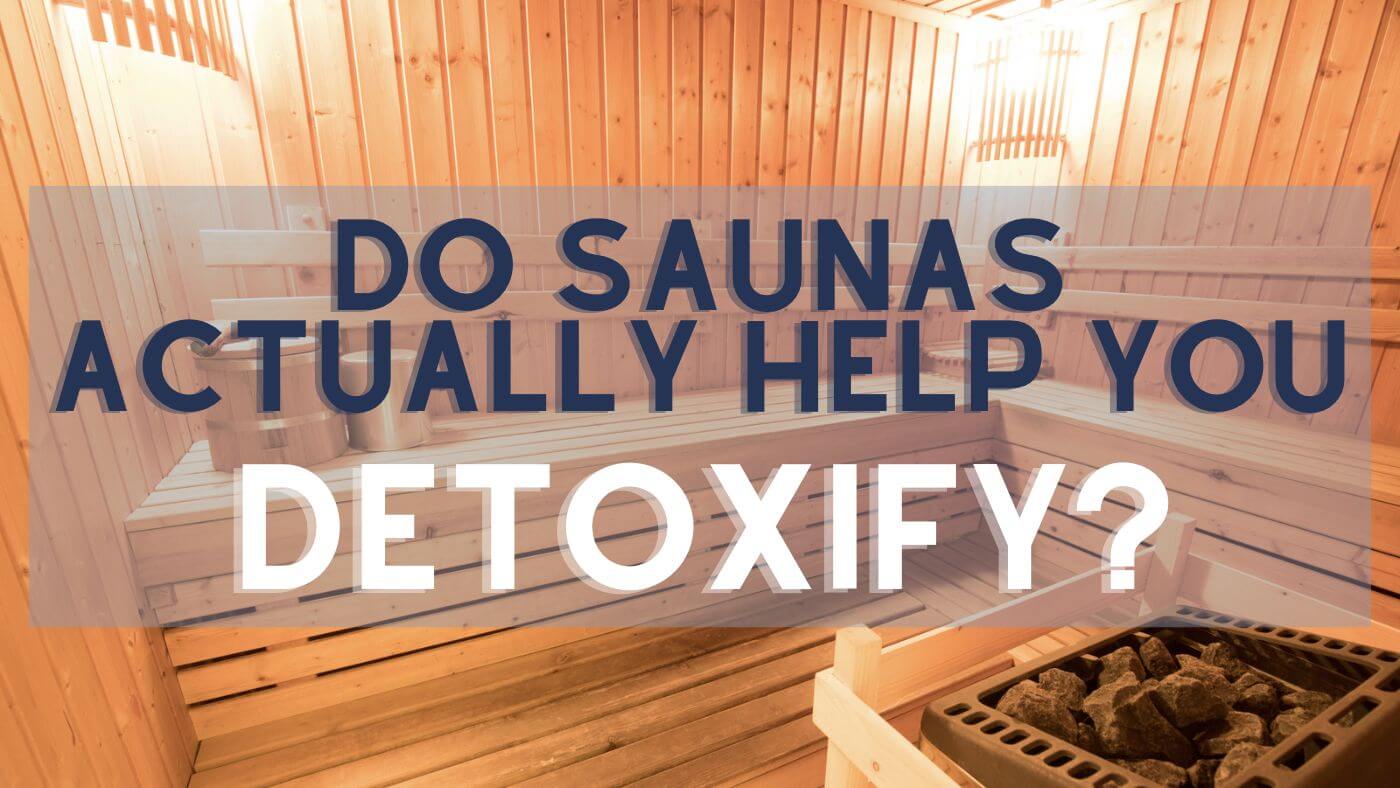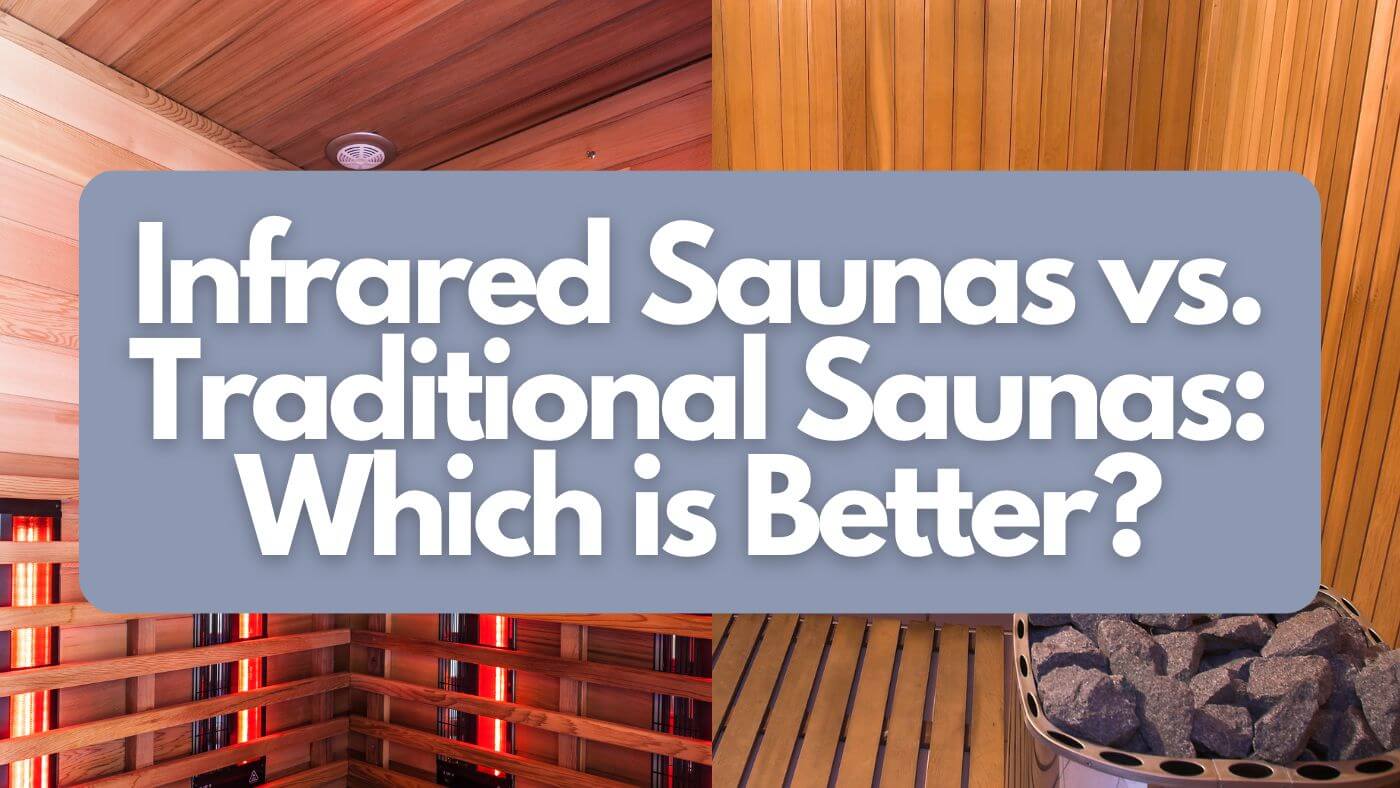Are you considering buying a home sauna to get some much-needed time off your daily routine to unwind without leaving your house? This might just be one of your greatest decisions! Still, before you make such a pricey investment, you must know the dos and don’ts of owning a home sauna to ensure you buy an option that’s tailored to your needs.
In this guide, we’ll give you a few tips to keep in mind when shopping for a home sauna, so let’s get to it.
Do: Understand Average Home Sauna Prices and Set Your Budget
Your budget is likely the biggest factor you’ll want to keep in mind before setting your sight on a certain home sauna. But before you put some cash to the side, you must first understand how much the initial purchase of a traditional vs. infrared sauna will cost you.
Traditional saunas can range from $6,000 to over $11,000. On the other hand, the average price of an infrared sauna starts at around $4,500 and may go all the way to $9,000, if not more.
Of course, many things will affect the price of a home sauna, including size, model, customization options, heating systems, and any accessories you want to add.
Take a look at the features vs. price point of each sauna and determine the range that balances convenience and a suitable price.
Pro tip: It’s a good idea to learn the monthly costs of running a home sauna, too. Generally, you can expect to spend $3 to $5 per month if you use the sauna three times a week, but the amount may go a bit higher or lower depending on the power of the heater you’ve installed.
Don’t: Be Afraid to Spend a Little Extra to Elevate Your Sauna Experience
Yes, saunas are expensive on their own, which might discourage you from including add-ons or accessories with your purchase. However, we advise you to think twice about this, because some accessories can make your time inside the sauna much more enjoyable.
Plus, these additions aren’t insanely expensive!
For example, consider including backrests for more comfort, shelves to keep your water bottles out of the way, or LED recessed lights to bring those spa vibes home. Other accessories that are worth buying involve:
-
Hooks and racks for robes and towels
-
An automated heater with remote control
-
Bucket and ladle
-
A massage brush
-
A thermometer
Do: Decide if You Want an Indoor vs. Outdoor Sauna
Some homes are big enough to accommodate an indoor sauna, while others don’t have the interior space but enough room in the backyard for an outdoor sauna.
Besides considering the space available at home, you should ponder the pros and cons of indoor vs. outdoor saunas before making your decision.
Indoor Saunas
Indoor saunas can either be infrared or traditional. They can be a great addition to your home if you want to transform your basement, an extra room, or even a closet into your own relaxation station!
We also like indoor saunas because you don’t have to worry about factors like weatherproofing, leaks, or the heat escaping your sauna structure. Plus, your feet won’t get cold while you’re inside, which is a complaint made by many outdoor sauna users!
Don’t forget that stepping out of an indoor sauna doesn’t expose you to cold drafts. Again, that’s one of the concerns associated with outdoor saunas unless you add a changing room.
Outdoor Saunas
Outdoor saunas are only available as traditional sauna models, and they’re wonderful options to keep beside a pool or on a deck. They come in various styles that can upgrade the aesthetic appeal of your exteriors, including:
-
Barrel saunas
-
Pod saunas
They’re often easy to install and don’t require you to hire a professional, unlike the case with indoor saunas. However, they need to be properly insulated so that the heat doesn’t escape them.
Don’t: Order a Home Sauna Without Thinking About the Perfect Location
Whether it’ll go indoors or outdoors, you have to make sure that the location that you have in mind for the sauna suits it just right.
If it’ll be indoors, understand that the room will need access to proper ventilation, plumbing, and drainage. Alternatively, an outdoor sauna must be placed in an area that doesn’t subject it to safety hazards.
Do: Thoroughly Search for a Reputable Sauna Dealer in Your Area
Once you’ve settled on all of the above points, it’s time to search the web for a good sauna retailer near where you live. Thankfully, this step is easy to do with just a few clicks, but choosing the right dealer can take you hours.
To help you out with this task, here are a few tips to think about:
-
Consider the dealer’s experience in this business.
-
Take a look at their website gallery and the projects they’ve already worked on.
-
Find and read reviews by people who purchased saunas from each retailer.
-
Ask friends for recommendations if they have home saunas.
-
Go to forums or discussion groups for guidance.
- Reach out to Nordica at 1-877-587-5387 to discuss your online options.
Don’t: Hesitate to Test Out Different Types of Saunas
A tried-and-true method to picking the perfect home sauna is to visit your nearest spa (or spas!) and try out different types of saunas.
These will let you test out infrared vs. traditional options, various heating systems, multiple wood types, and more to help you pick a favorite for home use.
Do: Maintain Your Sauna to Keep It in Good Shape
After finally having your sauna installed, you must maintain it regularly to ensure it functions smoothly every time you operate it. Luckily, taking care of your sauna is a piece of cake:
All you have to do is wipe the wood clean after every use as well as the floors to prevent the buildup of moisture. You can also air out the room by opening the sauna door to let all excess moisture out.
Every now and then, check your heater and immediately contact a professional to fix it if it doesn’t perform as it normally does. Keeping your heating system in optimal shape ensures you have no problems with your safety.
Don’t: Ignore Safety Precautions When Installing Your Home Sauna
When it comes to setting up the sauna, here are a few safety measures to prevent risks to your property, the sauna itself, and your own well-being:
-
Always go for tempered safety glass when building doors and windows because it works best in high temperatures.
-
If your sauna is electricity-powered, ensure its heater has an electric certification.
-
Ask whether your infrared sauna has been tested by a third party for low Electromagnetic Fields (EMF) and low Electric Fields (ELF).
-
Make sure that no parts of the sauna are made of toxic materials or glues.
-
It’s best to install a timer with an automatic shut-off to avoid dehydration if you sit for too long inside the sauna.
The Bottom Line
It’s time to spend some hard-earned money to treat yourself a little with a home sauna!
But first, you should take a few minutes to read our list of the dos and don’ts of owning a home sauna so that you’re fully prepared for this hefty purchase. Once you do, we’re sure the whole buying and installation process will go as smoothly as possible.








